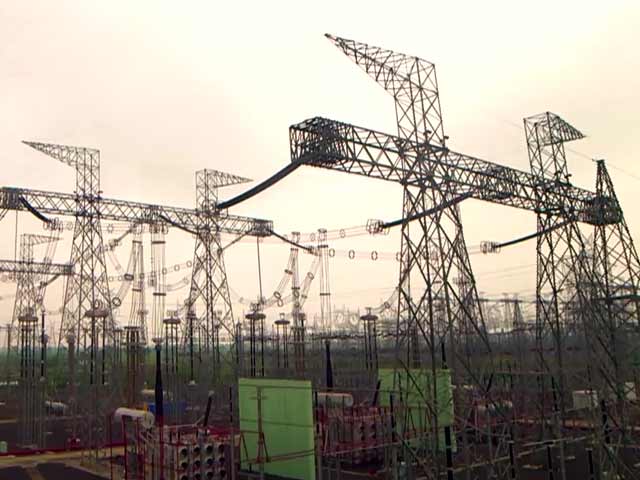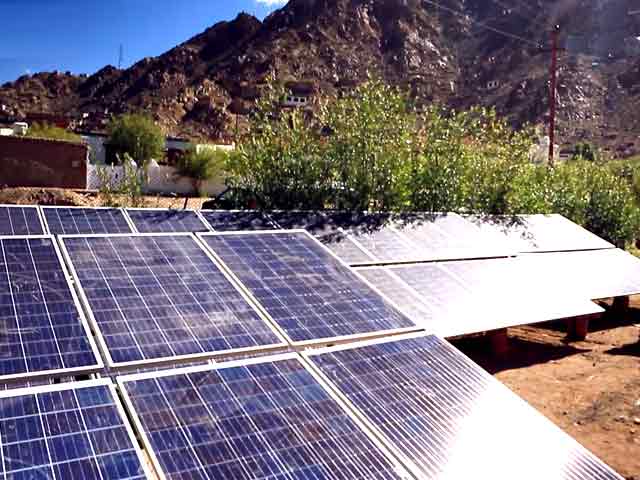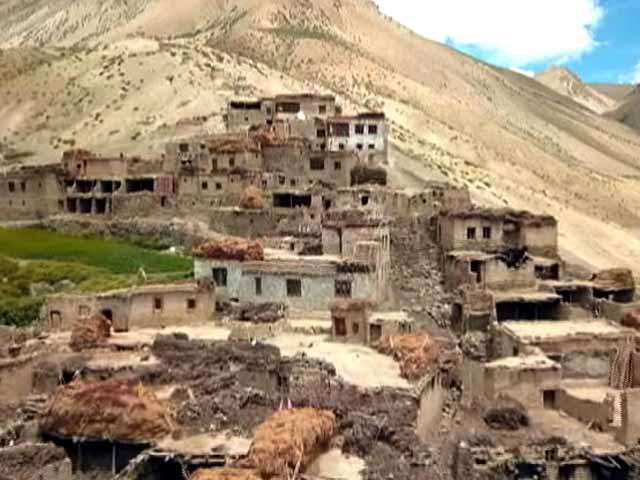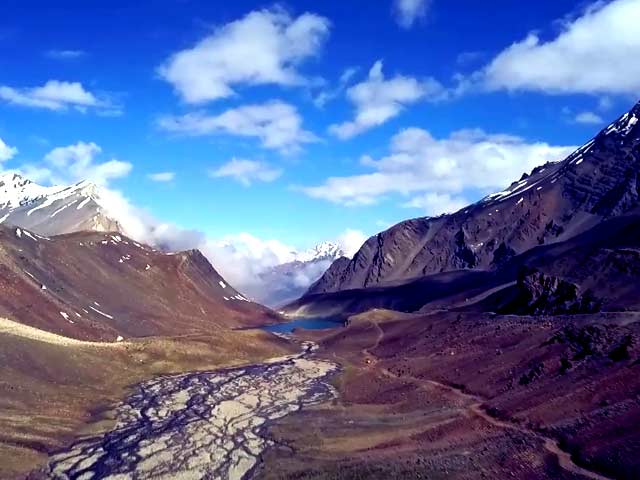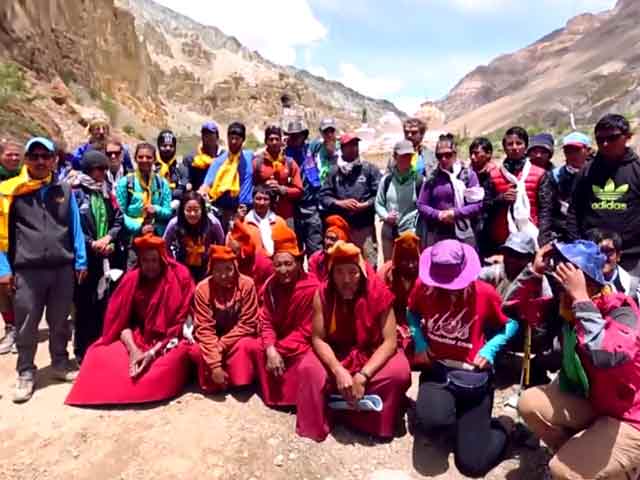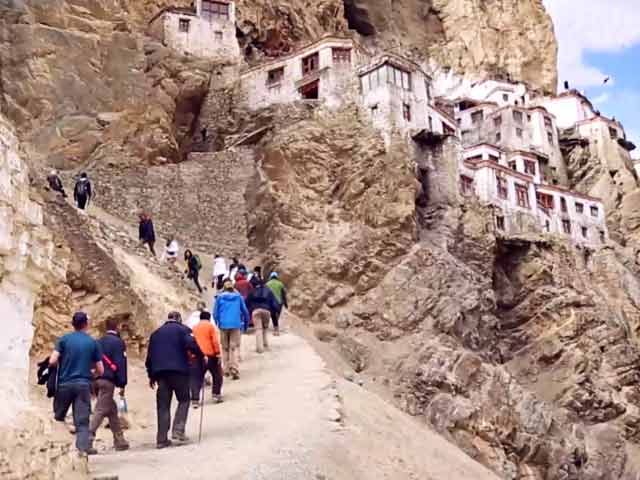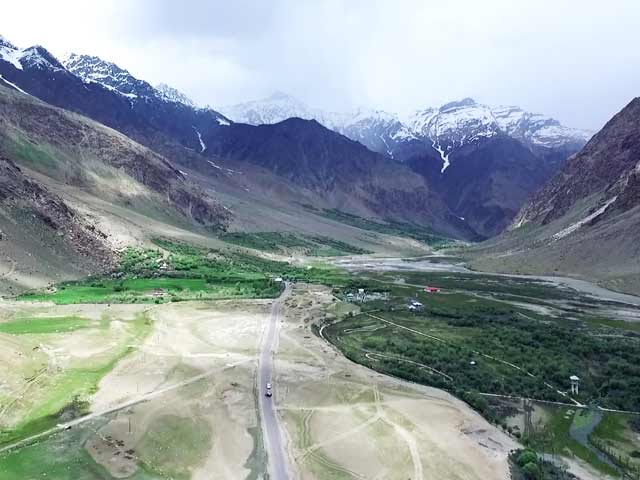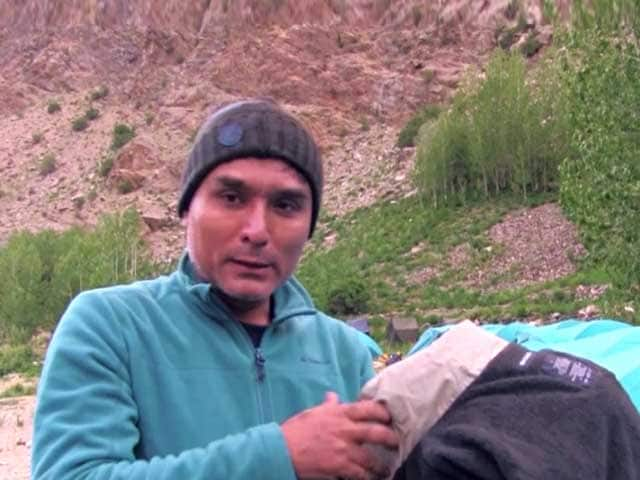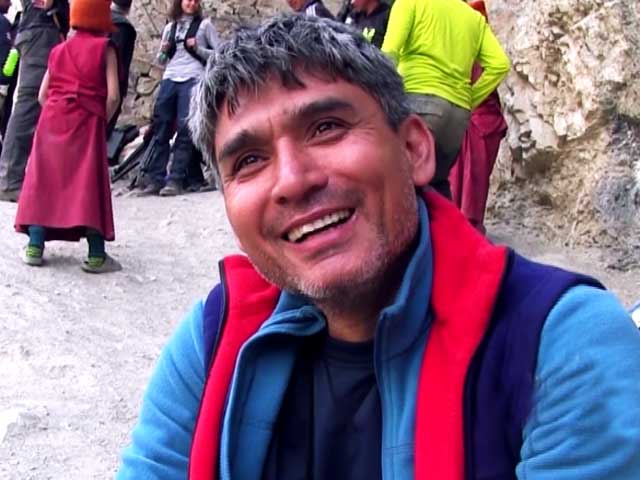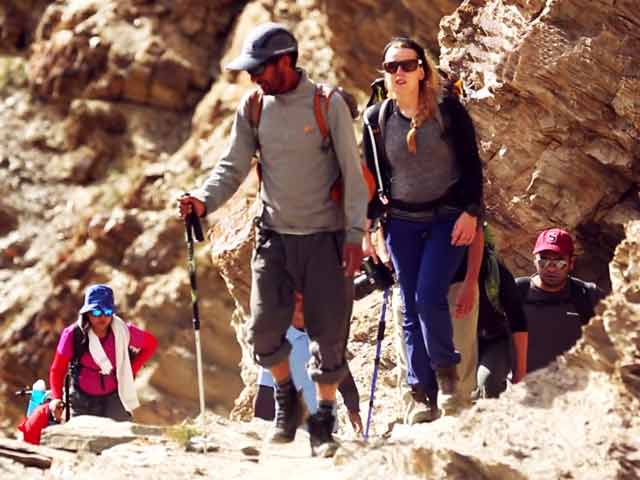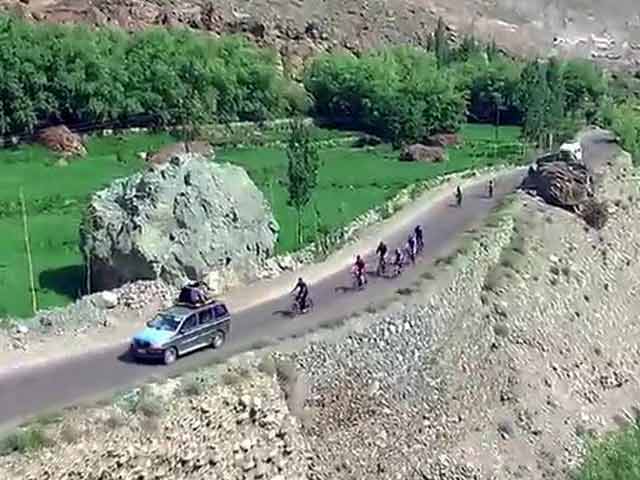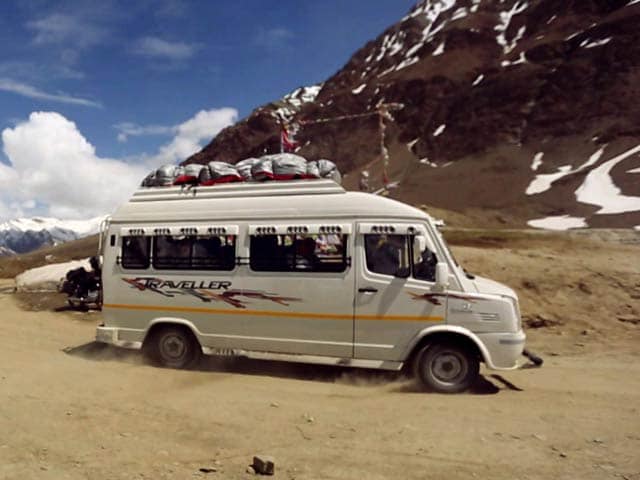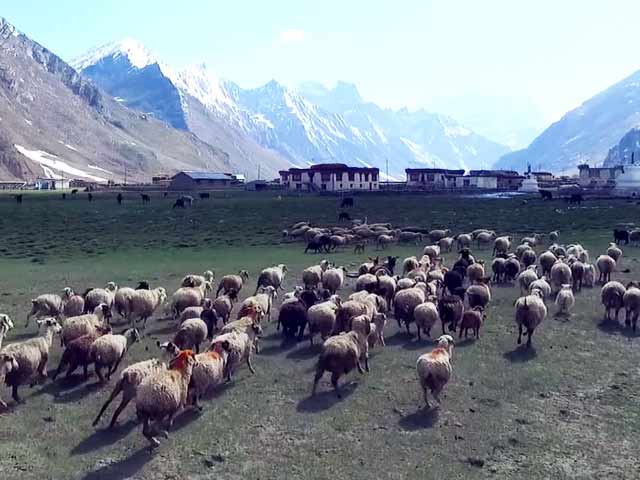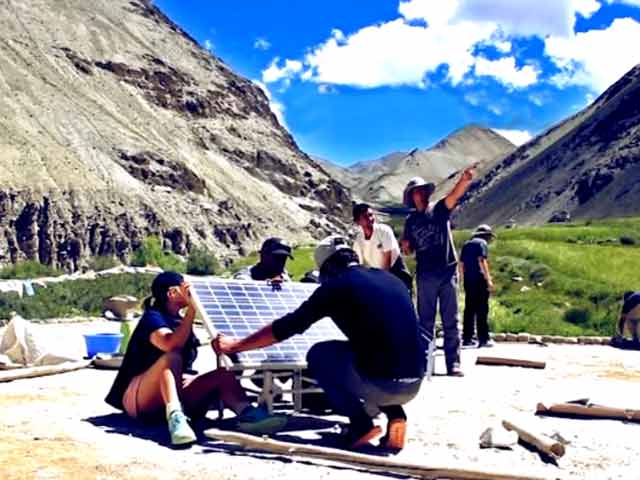
- Lighting The Himalayas /
- Latest Videos/
- Ladakh's Remotest Village Now Runs Entirely On Its Own Solar Power Grid
Ladakh's Remotest Village Now Runs Entirely On Its Own Solar Power Grid
The remote Himalayan villages are struggling with basic amenities even in the 21st century. They live in the dark with limited resources, medical support and education. The potential of thousands of children remains untapped. NDTV, in association with Global Himalayan Expedition (GHE), will power up Shade, which is around 420 km from Leh and is the remotest village of Zanskar, Ladakh. To achieve this herculean task, the team drove for 300 km on the Leh-Manali (NH3) highway to reach Sarchu, a serene campsite at the cusp of Jammu & Kashmir and Himanchal Pradesh. The last leg of the drive ended at the bottom of Shinkula pass. The team then trekked from Shinkula to Phugtal village, the ancient monastery of the Zanskar, and then to Shade. Solar micro-grids that produce green energy were installed to light up the village.
Related Videos
................................ Advertisement ................................
About the Initiative
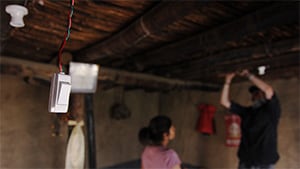
The remote settlements of the Himalayas continue to struggle for basic amenities in the 21st century. The future of these communities is at stake. They live in extreme climatic conditions, without electricity, health care and education.
Lighting the Himalayas is a journalistic feature series, committed to procurement and documentation of the on ground installation of renewable powered electric grid systems with cost effective, sustainable and scalable designs.
The great Himalayan ranges continue to bear the effects of climate change in the most extreme weather and living conditions. Longer summers, heavy rainfall, floods, droughts and soaring temperatures are one of the more evident symptoms of this disease.
To add to the severity of climate change almost 3000 Himalayan villages are based above an altitude of 13,000 Ft, which ensures that they remain cut-off from the world for over half a year.
The Lyungnak valley of ladakh, which is also home to the 2500 Phugtal Monastery and the remotest village of Zanskar Shade, has witnessed several calamities due to climate change in the last few years.
This is the story of bringing light to one of the remotest and oldest villages in the world. At an altitude of 14,300 feet, a team of highly motivated change makers, from several corners of the world take on the task of installing sustainable and scalable solar power grids in this pristine hamlet.
This endearing challenge begins in Leh, only to be redeemed 750 kilo meters away in the heart of the steepest, most unhabitable mountain peaks.
Season 1 of Lighting the Himalayas witnessed the 2500 year old Phugtal Monastery’s transition from darkness to light. And Season 2 will see the illumination of the remotest village of Zanskar, called Shade.
About GHE

The Global Himalayan Expedition (GHE) is a social impact enterprise focused on creating tangible change in the remote Himalayan communities. Their approach includes, seeking of beauty and wisdom of the Himalayas and to share it with others through such expeditions. GHE aims to install sustainable & scalable solar power for the rural population of the Himalayan ranges. Their lives are pledged to the provision of green energy and education for the humble residents of this acute landscape.
In the past, GHE has held many other expeditions that involved successful installation of solar power in 10 off-grid Himalayan villages located above an altitude of 12000 Feet. In the near future, GHE will power up 30 more villages and bring light to them.
Join Us
................................ Advertisement ................................


